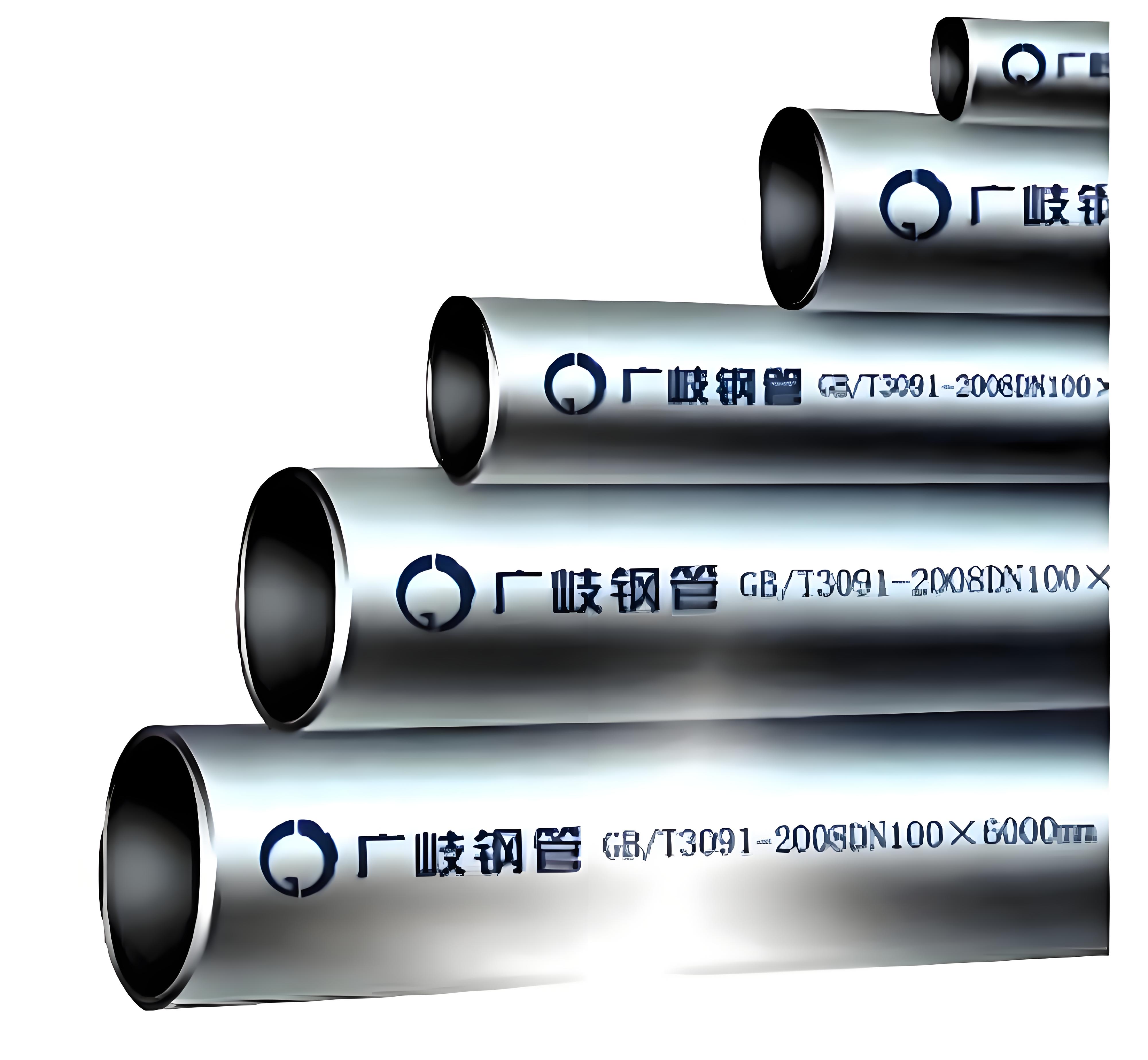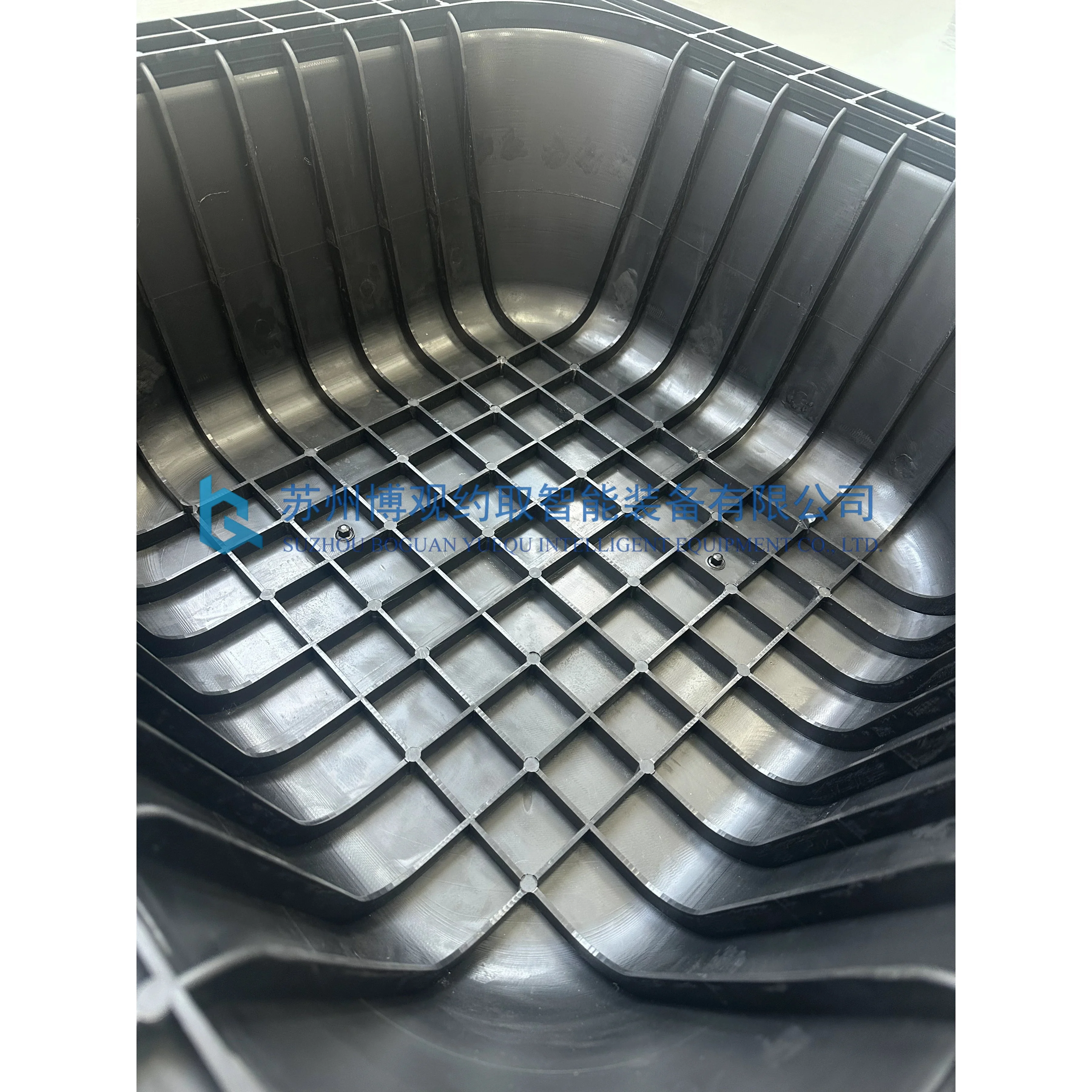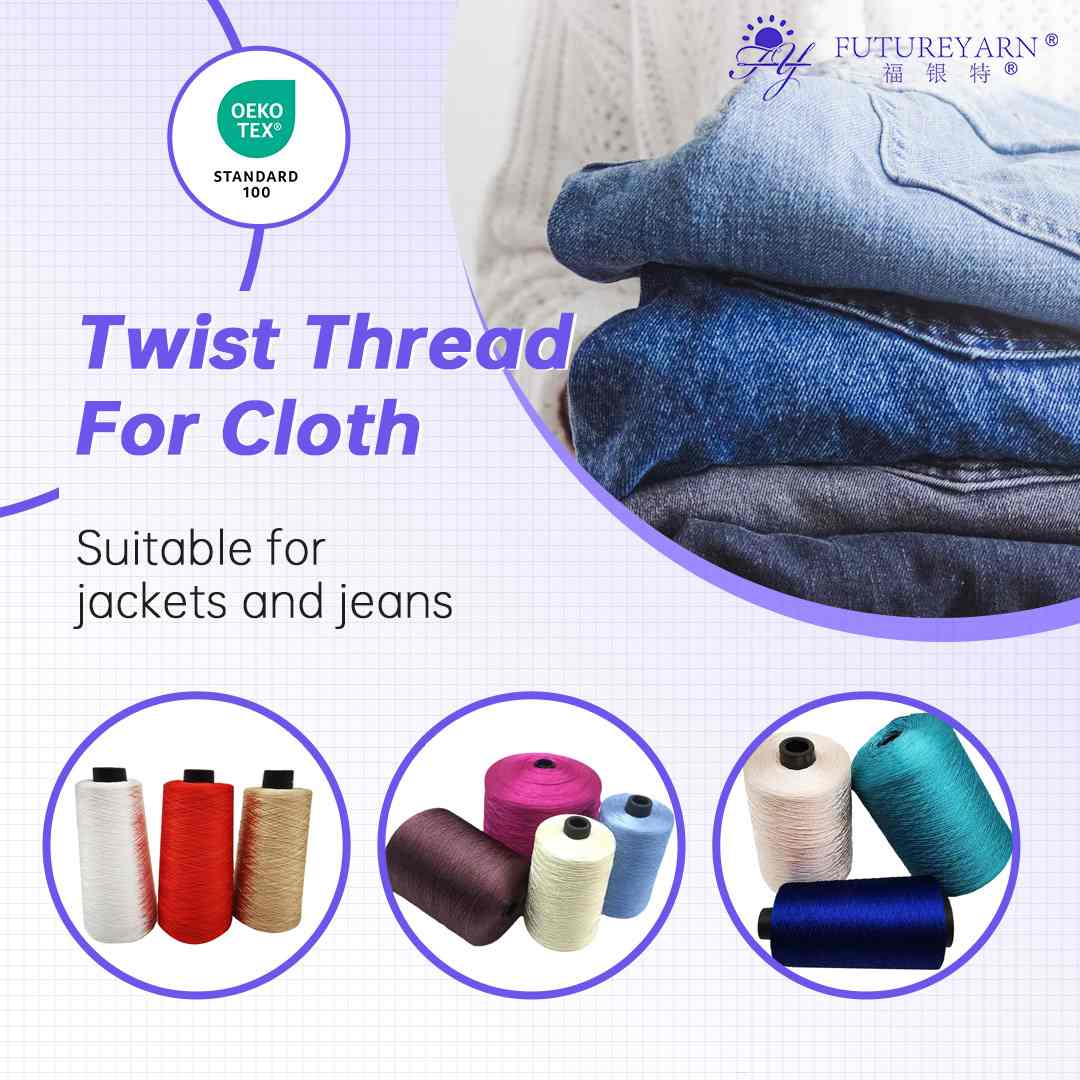Unveiling the Titans of Waterproofing: What is the Strongest Waterproof Material?
In an era where environmental challenges and technological advancements converge, the demand for robust waterproof materials has surged across various industries. From outdoor gear to construction, the quest for the strongest waterproof material is not merely a matter of preference but a necessity. This article delves into the intricacies of waterproof materials, exploring their properties, applications, and the leading contenders for the title of the strongest waterproof material.
Understanding Waterproof Materials
Waterproof materials are designed to resist the penetration of water under specified conditions. The effectiveness of a waterproof material is determined by its hydrophobic properties, durability, and resistance to environmental factors such as UV radiation, temperature fluctuations, and mechanical stress. The strength of a waterproof material is often measured by its ability to withstand pressure and its longevity in harsh conditions.
Key Properties of Waterproof Materials
- Hydrophobicity: This property refers to the material's ability to repel water. Hydrophobic surfaces create a barrier that prevents water molecules from adhering to them, thus keeping the material dry.
- Durability: A strong waterproof material must withstand physical wear and tear, including abrasion, punctures, and tears. Durability is crucial for applications in extreme environments.
- Breathability: In some applications, especially in clothing, breathability is essential. A material that allows moisture vapor to escape while preventing liquid water from entering is ideal for comfort and performance.
- Chemical Resistance: Many waterproof materials are exposed to various chemicals, including salts, oils, and solvents. A strong waterproof material should resist degradation from these substances.
Leading Contenders for the Strongest Waterproof Material
- GORE-TEX®
GORE-TEX® is perhaps the most recognized name in waterproof materials, particularly in the outdoor apparel industry. This fabric is a membrane made of expanded polytetrafluoroethylene (ePTFE), which is both waterproof and breathable. GORE-TEX® is renowned for its durability and ability to withstand extreme weather conditions, making it a favorite among outdoor enthusiasts. Its unique structure allows water vapor to escape while preventing liquid water from penetrating, ensuring comfort during physical activities.
- Dyneema®
Dyneema® is a high-performance polyethylene fiber known for its exceptional strength-to-weight ratio. It is often used in applications requiring both waterproofing and durability, such as sailing, military gear, and outdoor equipment. Dyneema® is not only waterproof but also resistant to UV light and chemicals, making it suitable for long-term use in harsh environments. Its lightweight nature does not compromise its strength, making it a top choice for high-stakes applications.
- Neoprene
Neoprene is a synthetic rubber that offers excellent waterproofing properties. It is commonly used in wetsuits, diving gear, and other applications where flexibility and insulation are required. Neoprene's closed-cell structure provides a barrier against water while maintaining flexibility, making it ideal for activities in aquatic environments. Its resistance to degradation from sunlight and chemicals further enhances its appeal.
- PVC (Polyvinyl Chloride)
PVC is a widely used waterproof material in various applications, including construction, clothing, and outdoor gear. Its versatility and affordability make it a popular choice. PVC is inherently waterproof and can be treated to enhance its durability and resistance to UV light. However, while it is strong and waterproof, it may not offer the same breathability as other materials, which can be a drawback in certain applications.
- Silicone Coatings
Silicone coatings are increasingly used to enhance the waterproof properties of various materials. These coatings create a hydrophobic layer that repels water while maintaining flexibility and durability. Silicone is often applied to fabrics, tents, and outdoor gear to improve their waterproof performance. Its resistance to extreme temperatures and UV radiation makes it a reliable choice for long-lasting waterproofing solutions.
Conclusion: Choosing the Right Waterproof Material
When determining the strongest waterproof material, it is essential to consider the specific application and environmental conditions. Each material has its strengths and weaknesses, and the choice ultimately depends on the intended use. For outdoor apparel, GORE-TEX® may be the best option, while Dyneema® is ideal for high-stress applications requiring lightweight strength. Neoprene excels in aquatic environments, while PVC offers versatility and affordability. Silicone coatings provide an additional layer of protection for various materials.


